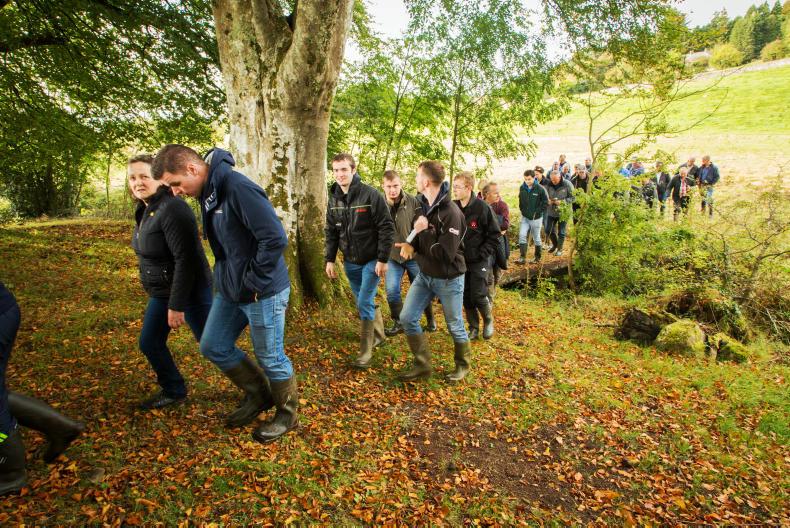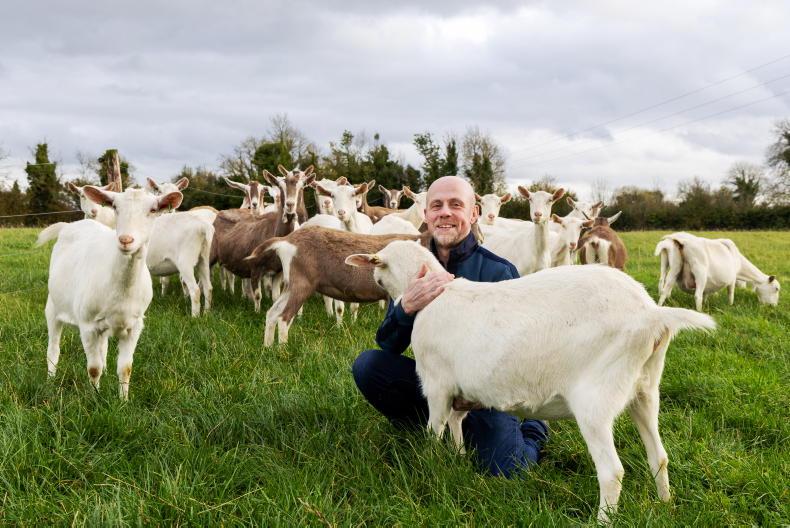If there is one thing the Irish organic sector needs it is more organic farmers. Demand from retailers for organic produce relies upon consistency of supply. And while the sector has grown significantly in recent years, there is still a long way to go to reach the Food Harvest 2020 organic land use target of 5%. It currently hovers around the 2% mark, with just under 1,800 organic farmers in the country.
However, the general manager of the Irish Organic Farmers and Growers Association (IOFGA), Gillian Westbrook, argues that the Government could aim higher.
“Other European countries such as Denmark and Germany have a much larger organic sector and aim to have 20% of their land in organic use by 2020,” said Westbrook, adding that pumping money into organics can offset environmental penalties.
“It would be a better way to do it than by paying a €26m fine for non-compliance with our water framework directive.”
According to Westbrook, there is a lack of organic tillage farmers in the country.
“It tends to be beef and sheep mostly. The dairy farmer buying in feed is going to be very susceptible to the sterling exchange rate now.”
With just 12% of Ireland’s organic beef exports going to the UK and the rest to Europe, Westbrook feels the sector is in a relatively strong position. ABP owns Good Herdsman, the largest processor of organic beef in Ireland. Despite the fact that it got approval to buy Slaney Foods, which is the second-largest processor, Westbrook feels that the organic sector can deal with any fallout that may occur.
“ABP Slaney is of course of some concern to our IOFGA organic farmers, but there are new players showing huge potential. Anglo East, with Five Valley Chilling, is a recent business which has introduced an organic range and has plans to significantly increase its supply. The organic sector also has a lot of smaller processors that concentrate on local supply – that helps to remove the vulnerability of monopolies,” she said.
Domestic demand is clearly growing. Figures show a year-on-year increase of 23.7% in organic sales, bringing the total value of organic grocery sales to €142m.
“With our reputation as a clean, green island, we are uniquely placed to take advantage of the massive growth in the market for organic food which is taking place in Europe and indeed the rest of the world,” said Gavin Lynch from the Organic Trust.
However, he emphasised that potential will only be reached with “little bit of a push from our policymakers to foster this kind of growth in our burgeoning sector”.
Not only could that push come from the re-opening of the Organic Farming Scheme, he added, but also from serving a small percentage of organic meals in State canteens.
“Every day, thousands of meals are served to our sick people in hospitals, to our senior citizens in our nursing homes, to our troops in the defence forces and to children in our schools,” said Lynch. “This is the perfect opportunity for the Government to prioritise organic food for some of the most important and in some cases the most vulnerable people in our society.”
Nearly 400 new organic farmers came on stream in 2015, which can be largely attributed to the opening of the new co-funded Organic Farming Scheme under the Rural Development Programme (RDP). However, funding under that scheme has now dried up as it is fully subscribed until 2020.
The Department has said that if it appears that additional funds are likely to become available from other parts of the RDP, it will “look carefully at the possibility of reopening this scheme in a very targeted fashion. At this point in time, however, it should be noted that all high-level targets set for the scheme within the RDP have already been achieved.”
Figures from the Department show that 1,386 farmers were paid in the Organic Farming Scheme in 2015. The average payment was €6,000. Payments for 2016 have not yet been issued. However, there were an additional 332 OFS applications this year. At this stage, this cohort have not received approval in to the OFS, but a spokesperson for the Department said that it expects “the majority of these to qualify for entry”.
Supports
Other supports which remain open include the Organic Capital Investment Scheme under TAMS II which provides grants for on-farm investments by organic farmers offering a standard 40% rate of aid and 60% in the case of young organic farmers. A Scheme of Grant Aid for the Development of the Organic Processing Sector is also in place, including development of facilities for preparation, grading, packing, storage, distribution, or the sale of organic products as part of a wider organic operation.
Note: The two main certification bodies for organics in Ireland are IOFGA and the Organic Trust. IOFGA deals only with farmers and growers, while the Organic Trust also certifies multiples and retail stores.
John Liston decided to go into organic farming 16 years ago and is now the chair of the Irish Organic Farmers and Growers Association.
“I was going down the way of cutting back inputs anyway. When I got in to it there were only four or five organic dairy farmers in the country, all supplying Glenisk with winter milk,” said John.
“However, I wanted to produce spring milk so myself and a few like-minded farmers set up the Little Milk Company and we make cheese. In the early days, a good proportion of our milk would go in to conventional use when the processing capacity wasn’t there.”
The base price at the Little Milk Company is 35c/l, with one or two farmers supplying winter milk at 60c/l in order to continue the production of soft cheese throughout the winter.
Organic liquid milk
“Glenisk use the vast amount of organic milk in this country but some of the larger processors are now getting into the organic liquid milk,” said Liston, who also sells raw milk on farm.
He milks Jersey cross British Friesian cows as they are “more suited to an organic system as they are sturdier animals suited for long grazing periods”.















SHARING OPTIONS